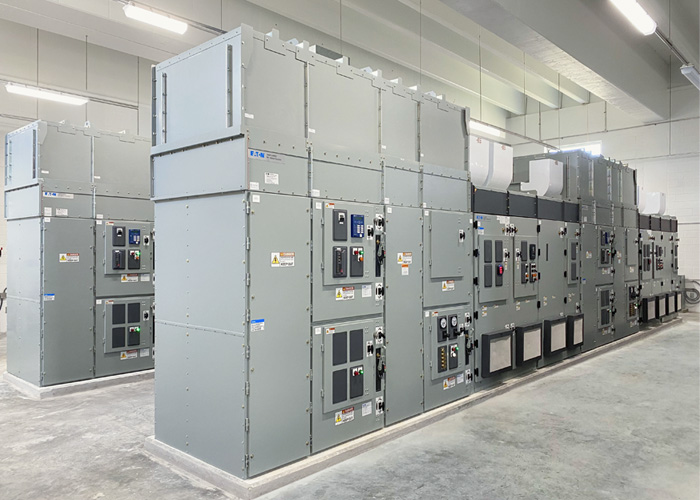Electrical and Power
Electrical and power systems are key to any nonresidential building type and are designed by an electrical engineer. Depending on the building and its occupants’ needs, it may include backup, emergency and standby power systems. Other systems that come into play are wiring and cabling, switchgear, uninterruptible power supplies and fuses and breakers. Electrical engineers who design these systems must understand harmonic mitigation, electrical safety, smart grids and the various codes and standards that define them.




































